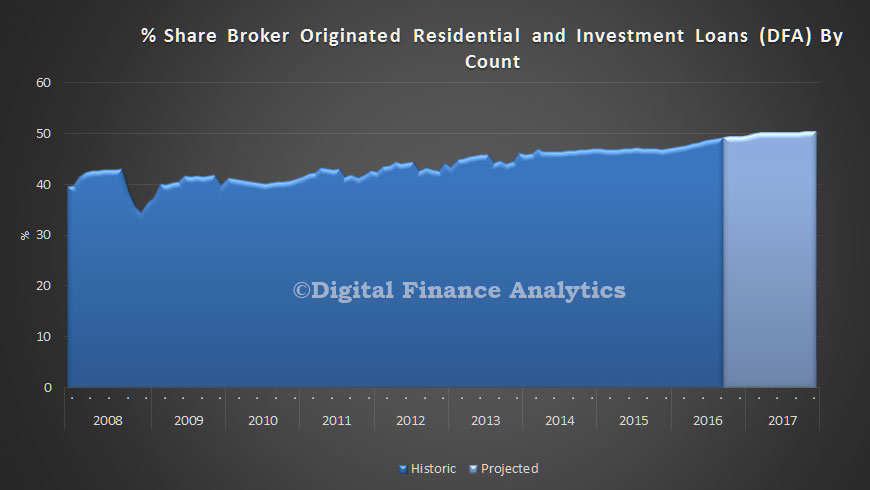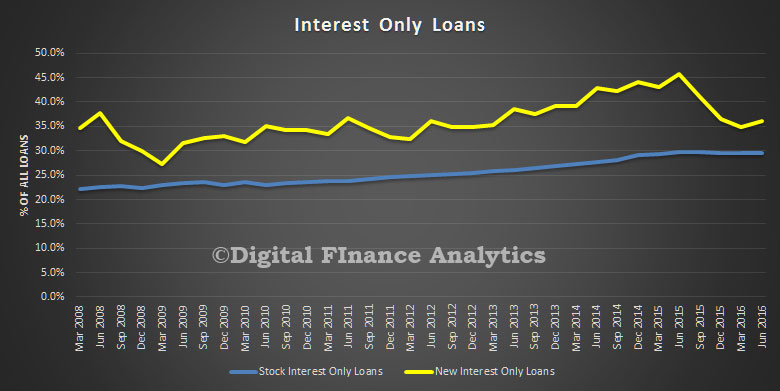Suncorp has announced the Head of its Wealth & Life Intermediaries team, Mark Vilo and the Head of its Bank Intermediaries team, Steven Degetto, will swap roles in 2017.
The announcement comes five months after Suncorp’s intermediary businesses were brought together under the leadership of Andrew Mair, to take advantage of the size and scale of the collective businesses, and to better serve intermediary partners and their customers.
Mair commented on the the role changes, saying they highlight the great bench strength in Suncorp’s intermediary team and allow it to start working with partners to build resilient and responsive businesses across the spectrum of financial services.
“The new appointments will give our intermediary partners the opportunity to benefit from the diversity offered by Suncorp’s senior leaders,” Mair said.
“Mark has more than 25 years’ of financial services experience and has been integral in the development and implementation of sales, product and marketing strategies across the independent financial advisers’ market.
“I have no doubt he will continue to build on the excellent results Steven has delivered for our banking brokers over the past three years.
“Steven has more than 20 years’ experience in the finance industry with the majority of this based in the intermediary channel.
“He has been instrumental in reshaping the business to deliver quality, sustainable growth and an exceptional proposition for broker partners and their customers, culminating in being named MFAA 2016 non-major lender [of the year].”
Mair said Mark and Steven are both passionate supporters of the value that intermediaries provide for their customers, and will bring that commitment and a fresh perspective to their new roles. “The role changes demonstrate the breadth of talent across Suncorp and the initiative underlines Suncorp’s commitment to being the partner of choice for intermediaries,” he said.
Of his new appointment, Vilo said: “I’m thrilled to be taking on the new role and looking forward to working in a dynamic market that shares similar challenges and opportunities that are being experienced in the independent financial advice market.”
“I’m very proud of the business the team we have created over the past few years. I have made a number of great friends and colleagues in this fantastic industry and I am looking forward to the opportunity to develop my expertise in a different type of intermediary business,” added Degetto.
Vilo and Degetto will start in their respective positions for a period of 12 months, effective 1 January 2017.




